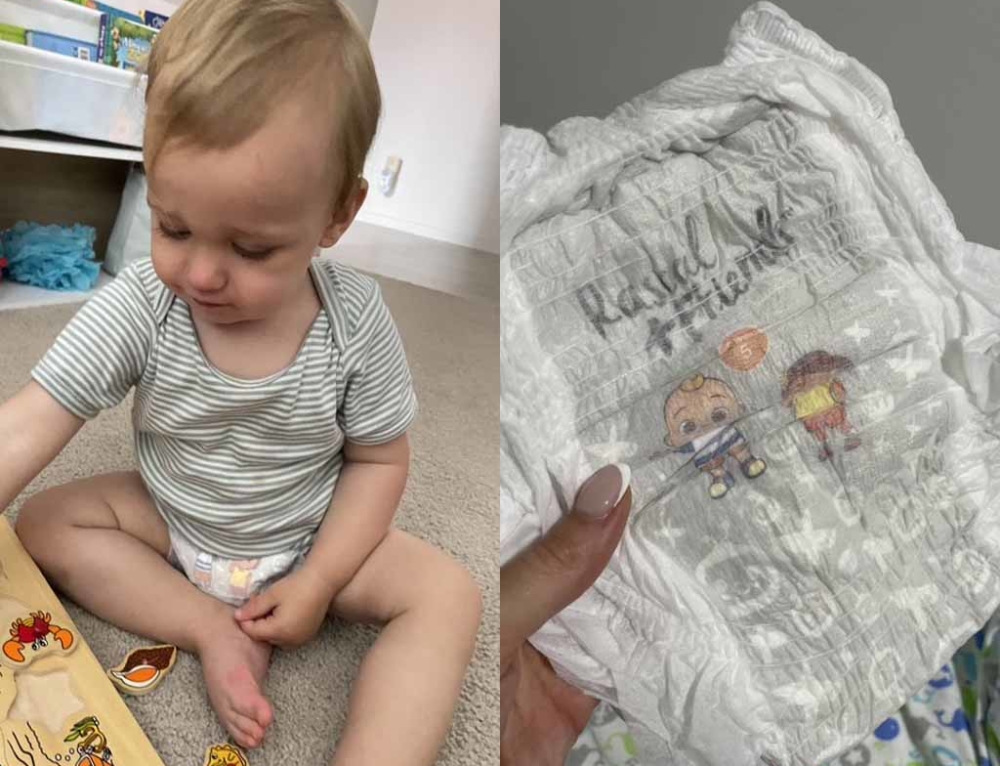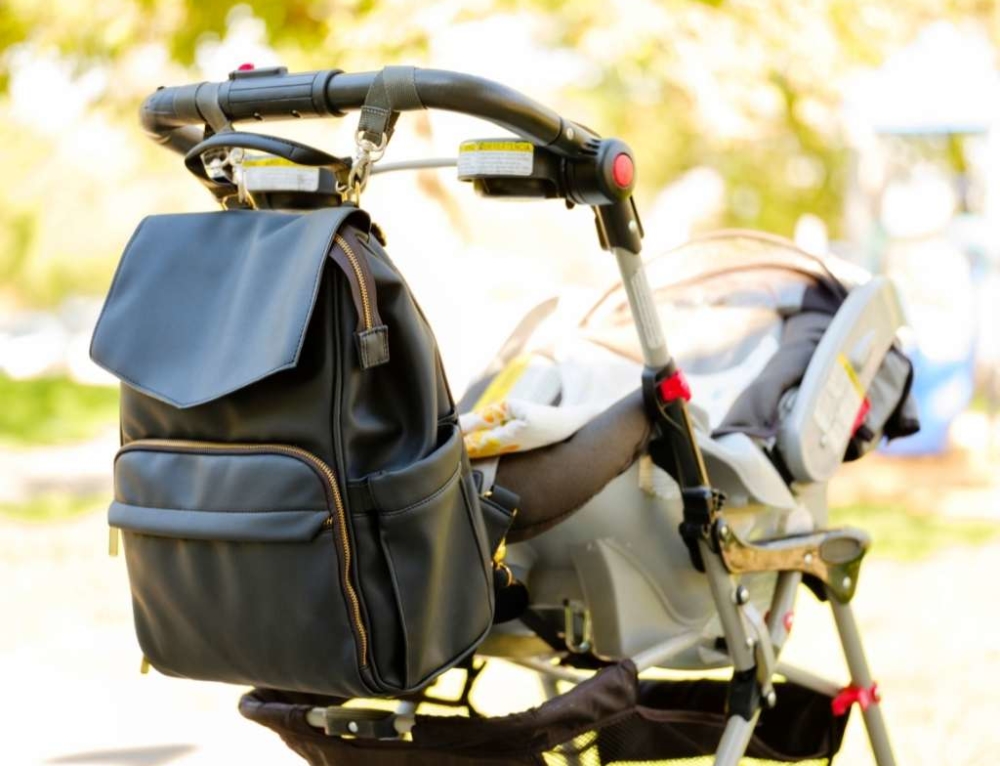You can prepare for breastfeeding before your baby is born by:
- Getting your breasts and nipples checked by your GP
- Making sure that you are wearing a properly fitted bra-your breast will enlarge during pregnancy. Also avoid wearing underwire bras as these can press on milk ducts causing blockages and discomfort.
- Avoid using anything on your breast or nipple could be drying to the skin.
- You don’t need to ‘toughen up’ your nipples for breastfeeding-they’ll get tough enough on their own! Avoid scrubbing with rough towels or brushes-gently pat breasts and nipples dry after showering or bathing.
Breast engorgement:
Engorgement is really a problem of poor milk flow rather than having too much milk, so to improve milk flow make sure that with each feed you experience a let down while feeding. To encourage this:
- Feed on demand and allow your baby to feed for as long as he wants each time.
- Take off your bra when you breastfeed.
- Avoid supplementary feeding as it will interfere with your milk supply.
- If you feel you are getting engorged, consider waking your baby for a feed
- Apply a warm washcloth to your breast before you feed to soften up the breast.
- If you are having trouble with attachment due to engorgement, express a little around the nipple before you begin a feed.
- Gently massage your breast while you’re feeding to encourage the movement of milk from the milk ducts towards the nipple area.
- When you have finished feeding, apply cold packs to help you feel comfortable.
IMPORTANT!
If you still feel engorged after a feed, do express a little- but try to keep it to a minimum. As your body produces milk on a supply and demand system, the more you express, the more milk your body will replace which may result in you feeling engorged again.
TIP!
This sounds like an old wives’ tale, but in this case it’s true – Keep a cabbage in the fridge and if you still feel engorged after a feed, place a cool washed cabbage leaf on the engorged breast for 20-30 minutes (until the leaf has wilted and you smell like sauerkraut!). This softens the breast and helps establish a good milk flow.
To relieve blocked ducts:
Blocked ducts can, if left untreated, turn into mastitis. As soon as you detect a blocked or sore milk duct you should start treatment immediately to prevent it from becoming more serious.
- Try to rest as much as you can.
- Sometimes a blocked duct can make breastfeeding uncomfortable. Try not to stop feeding though, because the best way to clear a blocked duct is to feed from it.
- Offer the affected breast first at every feed to try to keep it as empty as possible. Offering this breast first, when your baby is hungry, will also mean that he’ll drain it quickly.
- Apply a hot (warm) pack to the sore area before you begin to feed.
- While you are feeding massage the blocked duct in the direction of the nipple.
- If the breast is not empty at the end of a feed, consider hand expressing to finish the job.
- When you have finished feeding, apply cold packs to help you feel comfortable.
- If the blocked duct hasn’t cleared in 12 hours, consult your GP. If you become feverish or feel flu-y, see your GP sooner.
To relieve mastitis:
Mastitis is an inflammation of the breast which often turns into an infection. It is often caused by a ‘back-up’ of milk in your system because your baby is not fully draining your breasts when you feed. Mastitis can cause redness, hardness, soreness or heat under the skin and will make the sufferer feel like she’s getting the flu. Unfortunately, breastfeeding with mastitis hurts and the best way to cure mastitis is to breastfeed! So for a short while anyway, you’ll need to grit your teeth and just get on with it.
- Go to bed and rest. Ask for help if you can because you now need to care for yourself as well as your baby.
- Follow the instructions for treating a blocked duct.
- See your GP as soon as possible-you may need pain relief and/or a course of antibiotics.
- Feed, feed and feed! The more you feed, the faster you’ll heal and the better you’ll feel.
Uneven sized breasts
If you suddenly wake up one day with lopsided breasts, it’s most likely because your baby has been feeding too frequently from the larger breast. This could be because:
- You simply lost track while recording the feedings and mistakenly fed too often from one side
- The baby has an ear infection or another illness that makes it uncomfortable to eat in a certain position
- You have a breast infection in the smaller breast, making your milk taste salty
While the problem will probably even out with time, there are some measures you can take – as long as there isn’t a medical issue preventing nursing from one side:
- Start each feeding on the smaller side because babies often eat more vigorously in the beginning
- If the problem is drastic, try nursing from only the small breast for two feedings in a row, then switch to the larger one. But be careful not to let the larger breast become engorged, which can lead to clogged ducts or a breast infection
- Feed normally but pump the smaller side for five to ten extra minutes for a couple feedings
You should see results in a matter of days.
Find more
This article was written by Ella Walsh for Kidspot. Sources include Australian Breastfeeding Association.







Leave A Comment
You must be logged in to post a comment.